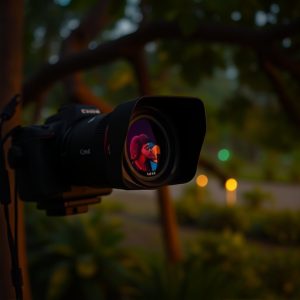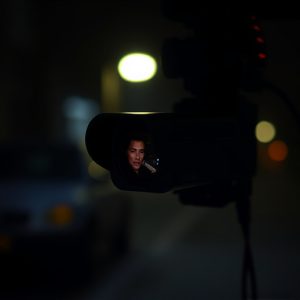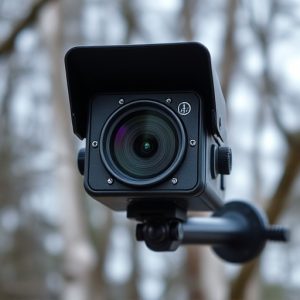Mastering Covert Monitoring: Guide to Ethical Home Security Cameras
In home security, covert monitoring systems must balance protection with legal and ethical considera…….
In home security, covert monitoring systems must balance protection with legal and ethical considerations. Professionals need to understand local privacy laws and place hidden cameras strategically (e.g., near entry points, corridors, stairwells) for maximum effectiveness while avoiding disruption or invasion of personal spaces. Best hidden camera locations offer clear views without detection, like room corners, above doorways, or inside cabinets, with adequate lighting. Regular reviews ensure optimal security and prevent detection. Full disclosure to clients builds trust and maintains ethical integrity.
“Unraveling the intricacies of covert monitoring systems, this comprehensive guide is your roadmap to professional placement. In an era where home security evolves, understanding the legal and ethical boundaries of surveillance is paramount. From identifying the optimal hidden camera locations for enhanced home protection to mastering strategic deployment tips, this article ensures you stay ahead of potential risks. Discover the best hidden camera placements for ultimate peace of mind—all within the confines of legal and ethical considerations.”
- Understanding the Legal and Ethical Boundaries of Covert Monitoring
- Choosing the Best Hidden Camera Locations for Home Security
- Professional Placement Tips for Effective Covert Monitoring Systems
Understanding the Legal and Ethical Boundaries of Covert Monitoring
In the realm of home security, covert monitoring systems offer a layer of protection and peace of mind, but it’s crucial to navigate the legal and ethical boundaries surrounding their use. The deployment of hidden cameras, or best hidden camera locations, within residential spaces must adhere to specific regulations and ethical considerations. Each jurisdiction has its own set of laws regarding privacy rights and surveillance, so understanding these legal constraints is paramount for professionals placing such systems.
Ethically, the installation of covert monitoring should respect individual privacy and only be employed when necessary for legitimate security purposes. Best hidden camera locations within a home should prioritize areas that enhance safety without invading personal spaces or disrupting daily activities. Professionals must ensure that clients are fully aware of the legal implications and ethical responsibilities associated with covert monitoring systems, fostering trust and upholding the integrity of the practice.
Choosing the Best Hidden Camera Locations for Home Security
When considering the best hidden camera locations for home security, discretion is key. Aim to place cameras in areas that are out of plain sight but still offer optimal coverage. Common sense choices include near entry points like doors and windows, as well as corridors and stairwells. Strategically positioned in these zones, hidden cameras can deter potential intruders and provide valuable evidence should a break-in occur.
Think about angles too—cameras pointing downwards can capture foot traffic at eye level while those aimed upwards can monitor overhead activities. Avoid placing them behind furniture or in places where they could be easily obstructed. The goal is to create an invisible network of eyes that covers every angle, ensuring your home’s security 24/7.
Professional Placement Tips for Effective Covert Monitoring Systems
When setting up a covert monitoring system, professional installation and strategic placement are key to its effectiveness. Begin by identifying best hidden camera locations—areas that offer clear line-of-sight while remaining relatively undetectable. Common choices include corners of rooms, above doorways, and inside cabinets or appliances. Ensure these locations provide adequate lighting to capture clear footage without drawing attention.
Consider the home security goals when deciding on the best hidden camera positions. For example, placing cameras near entry points like doors and windows can offer robust coverage, while discreetly positioning them in living areas ensures a comprehensive view of activities within your property. Regularly review and adjust camera placements as needed to maintain optimal security and avoid detection.
When implementing a covert monitoring system, understanding legal and ethical boundaries is paramount. By strategically choosing the best hidden camera locations for home security and adhering to professional placement tips, you can create an effective surveillance solution that enhances safety without compromising privacy. Remember, responsible deployment of these systems ensures peace of mind while respecting individual freedoms.


